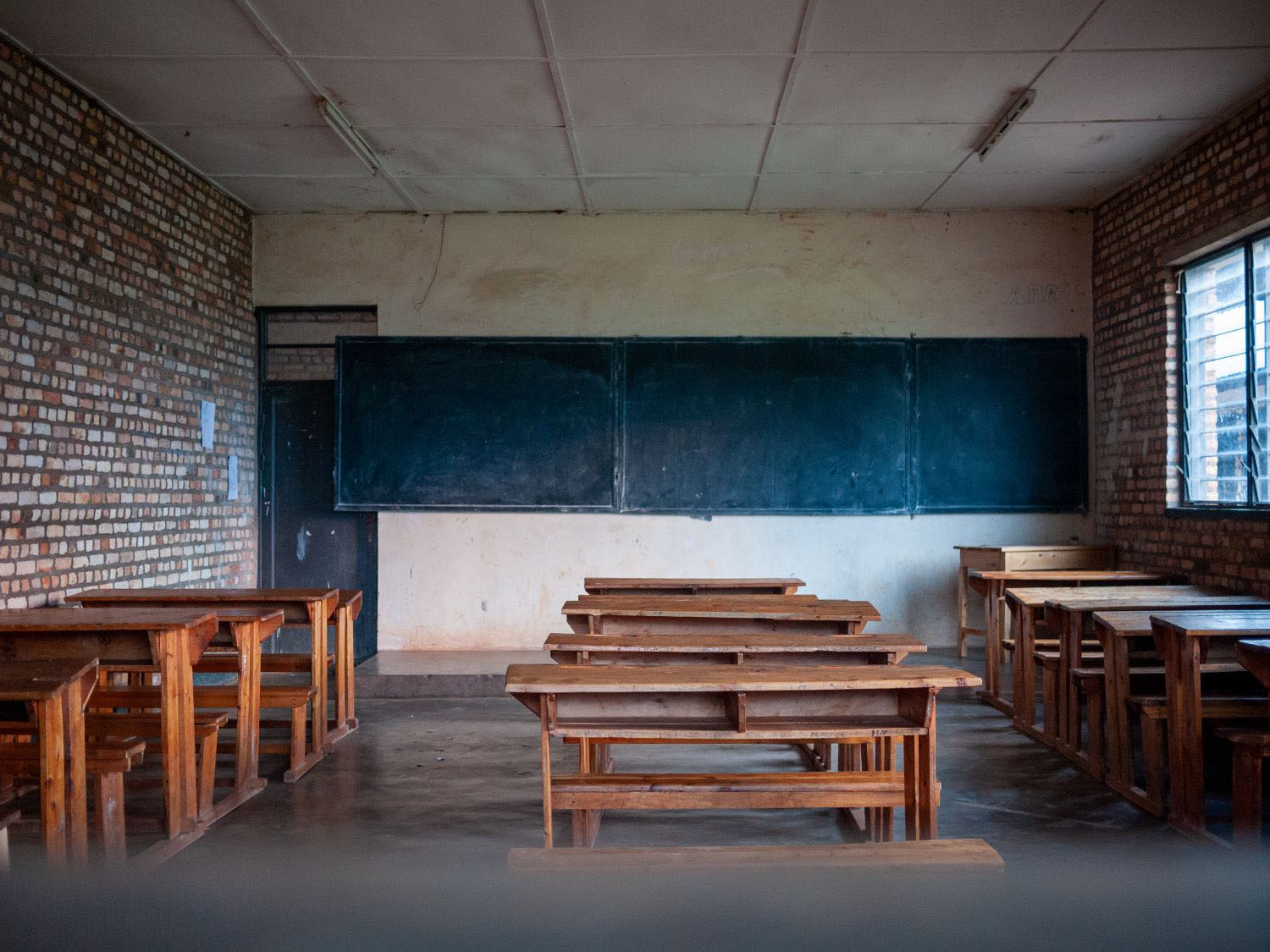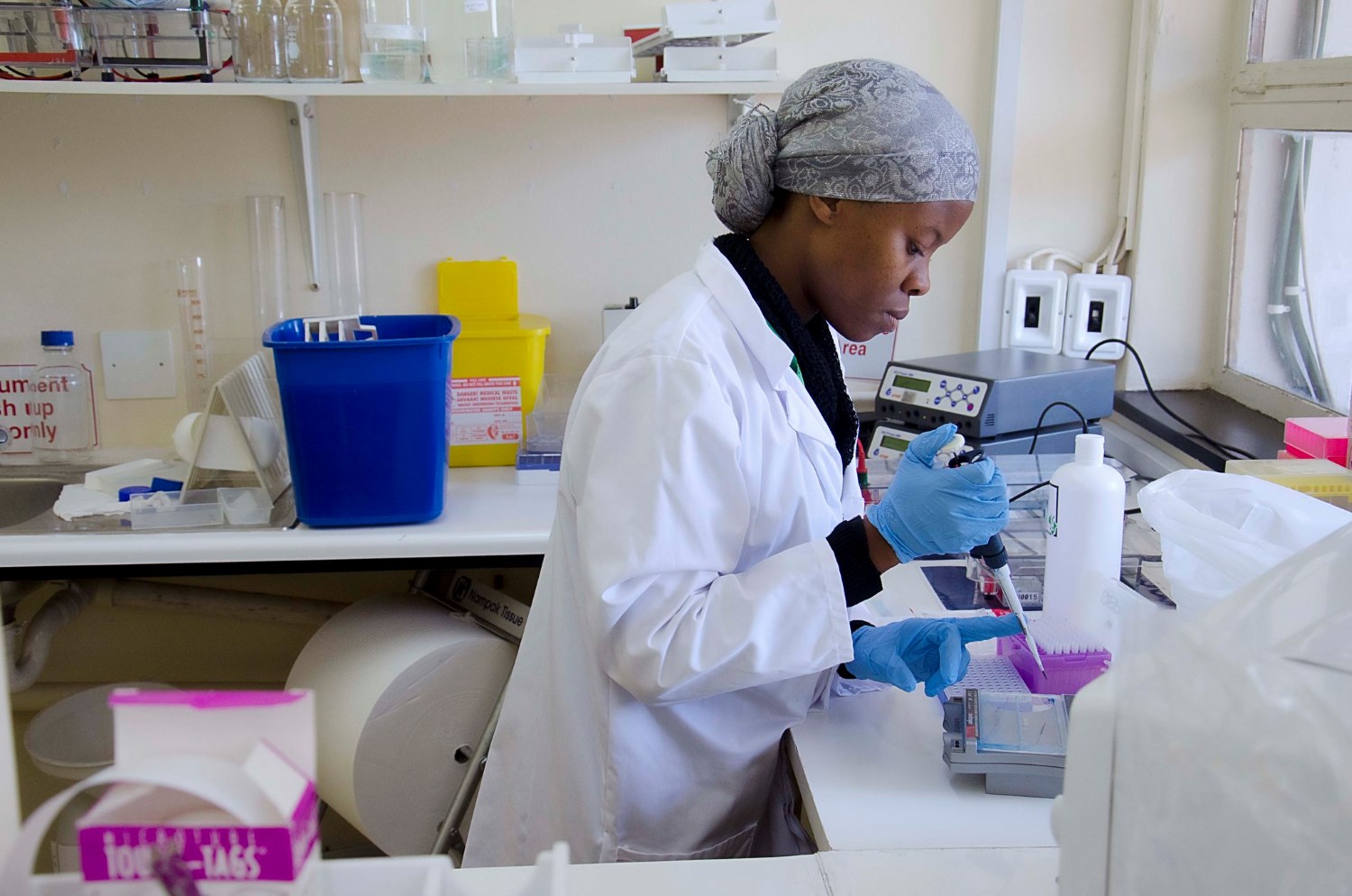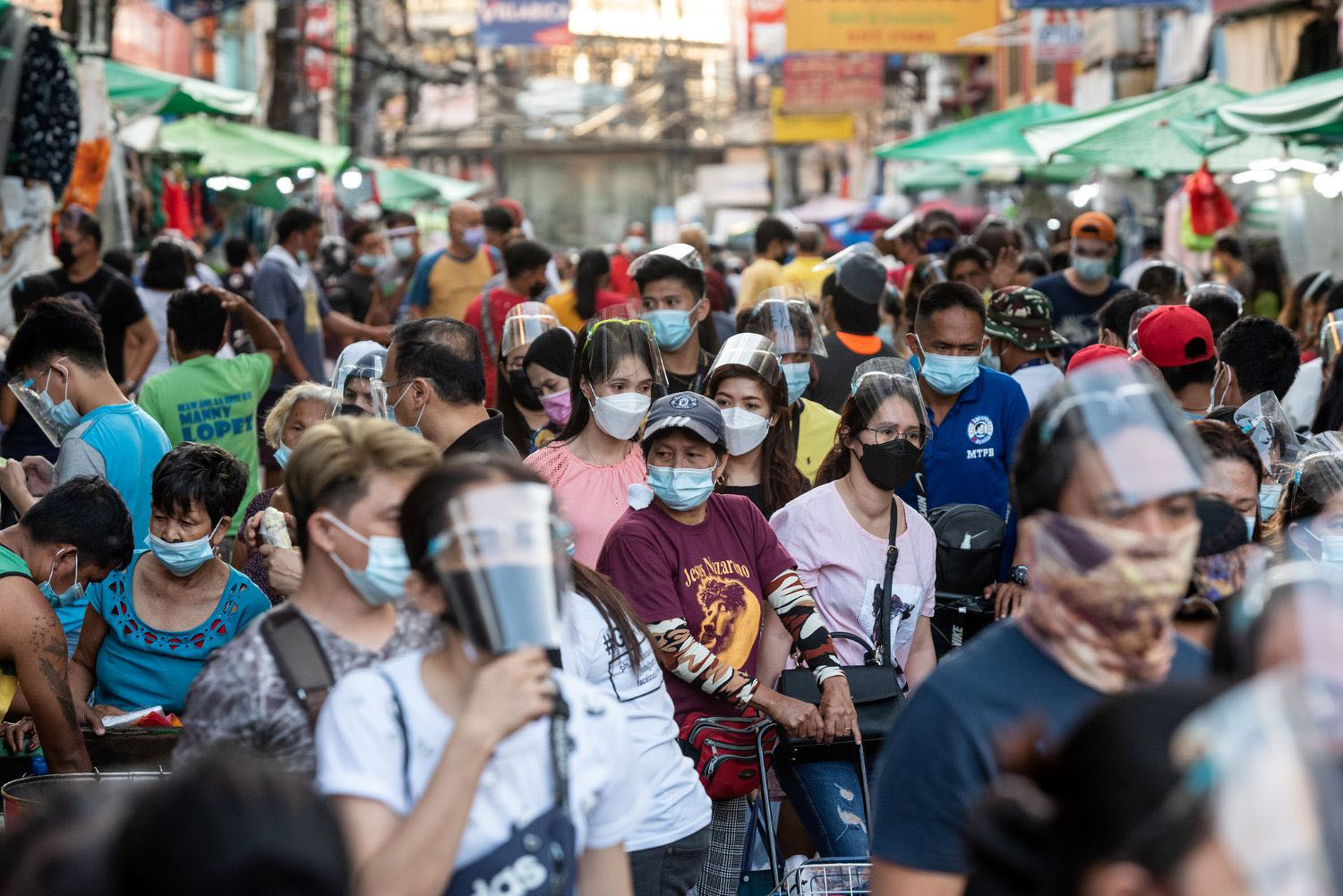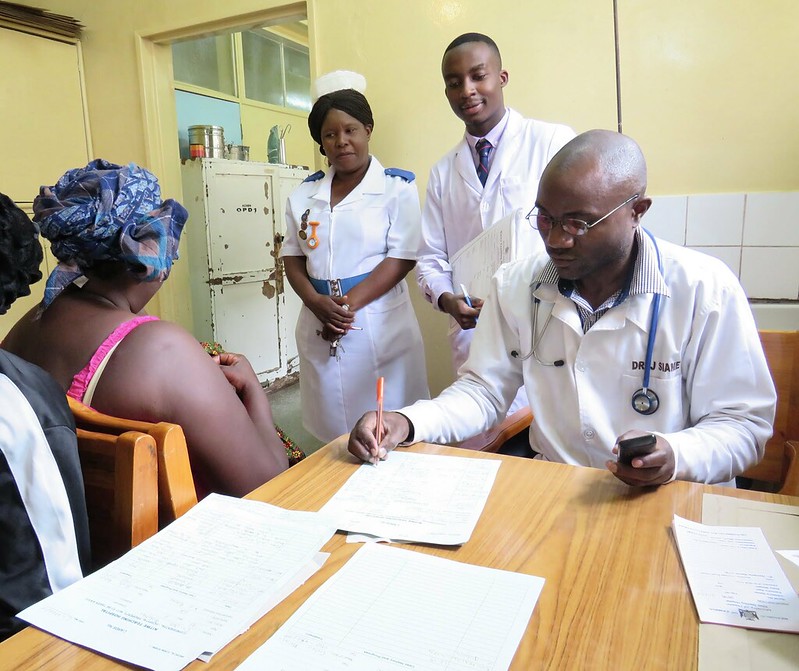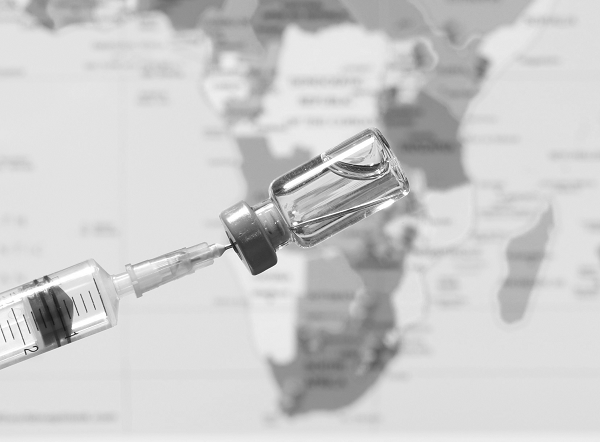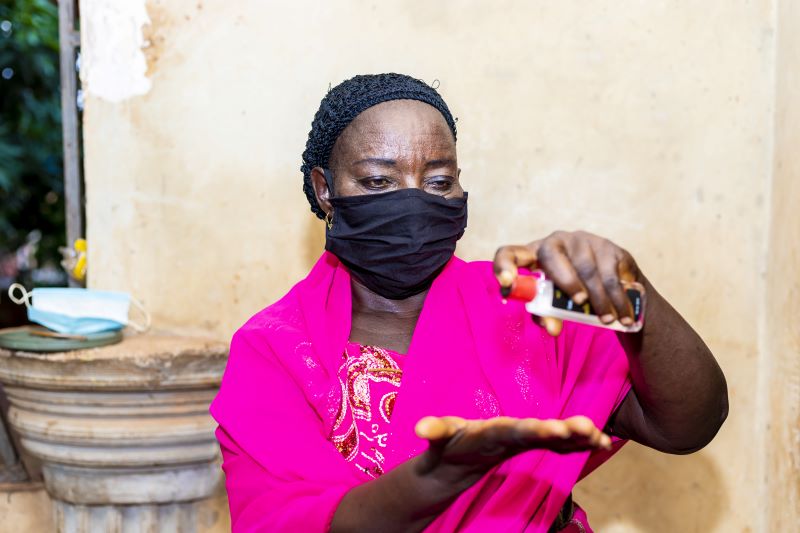Ideas to action: independent research for global prosperity
Research
Innovative, independent, peer-reviewed. Explore the latest economic research and policy proposals from CGD’s global development experts.
WORKING PAPERS
April 11, 2024
POLICY PAPERS
April 15, 2024
CGD NOTES
April 08, 2024
WORKING PAPERS
April 04, 2024
All Research
Filters:
Experts
Facet Toggle
Topics
Facet Toggle
Publication Type
Facet Toggle
Time Frame
Facet Toggle
Research
CASE STUDIES
June 01, 2023
For the last three decades, Zambia has implemented a series of policies to gradually work towards Universal Health Coverage (UHC). This case study delves into the process followed by the government of Zambia in developing those policies, with the aim of supporting other countries embarking on the jo...
POLICY PAPERS
October 24, 2022
Cost information is essential for priority setting and optimized resource allocation in the healthcare sector, especially in low- and middle-income countries where resource constraints and opportunity costs are significant. Time-driven activity-based costing (TDABC) has gained prominence as a means ...
CASE STUDIES
November 18, 2021
Since 2018, the government of Kenya has worked on a series of policies and pilots to support the implementation of Universal Health Coverage (UHC) by 2022. UHC ensures that all individuals and communities receive the health services they need without suffering financial hardship. As part of this eff...
CASE STUDIES
November 18, 2021
Zambia has been steadily working towards achieving Universal Health Coverage (UHC) since the 1990s. Zambia's UHC ambition rests primarily on the delivery of two Health Benefits Packages (HBPs): the National Health Care Package (NHCP) and the National Health Insurance Management Authority (NHIMA) Ben...
POLICY PAPERS
October 25, 2021
In an updated review of how the COVID-19 pandemic has been affecting women’s and girls’ health in low- and middle-income contexts, we examine 247 studies between January and March 2021 (peer-reviewed papers, pre-prints, and working papers that met specific search terms, and contained empirical analy...
WORKING PAPERS
June 29, 2021
COVID-19 has caused significant morbidity and mortality, both directly and indirectly via the disruption to routine health services. Evidence on the indirect health impacts has largely been anecdotal or modeled, and cause/program-specific. We aimed to document the indirect health impacts in four cou...


